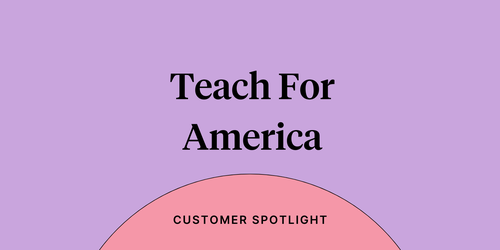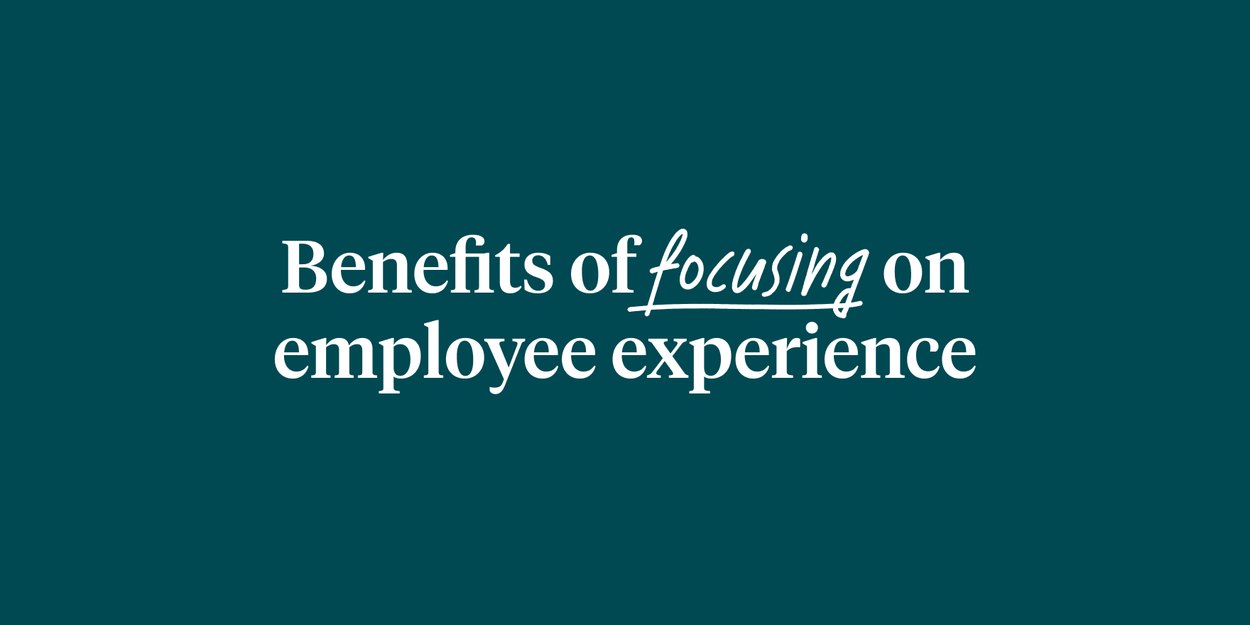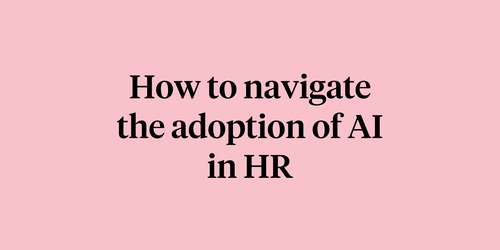
How Mozilla prioritized employee experience during crisis

While cultivating strong company culture is never easy, it becomes all the more challenging to maintain during times of profound change. But, when 2020 gave us its worst, the Mozilla team responded, adapting many of their key people programs to fit a new and changing work environment.
As companies struggled with layoffs, the transition to remote work, and the racial justice movement, the Mozilla team mastered the art of the pivot to bring in-person events and onboarding online, find new ways to keep employees engaged, and align with their commitment to racial justice.
We recently sat down with the Mozilla team to hear how they’ve been focusing on their employee experience in the last year and what they learned along the way. Joined by Mardi Douglass, Senior Director, Employee Experience, Diane Tate, Senior Manager, Internal Communications & Employer Branding, and Brianna Mark, Employee Experience and Events Manager, we asked the Mozilla team to share insight into the steps they took to enhance the employee experience during turbulent times.
Here’s what they had to share:
Bringing the magic of in-person events online
Before the pandemic, Mozilla’s workforce comprised 40-50% remote employees and in-person employees spread across nine global offices. Twice a year, the Mozilla team would host an all-company, all-hands meeting in a new city and fly in every one of their 800+ employees to participate.
“Our all-hands meetings are a unique and special opportunity for our employees to come together in person, share experiences and interact with people they may not normally get to work with or see over Zoom,” said Mark. “It’s a key differentiator for us, as most larger organizations struggle to host events like this in a really meaningful way.”
The team was leaving Berlin at the beginning of last year when they heard whispers of COVID-19 beginning to arise. Then, as the pandemic escalated and began to keep employees apart, the team realized a second in-person event would be out of the question for 2020. They questioned how they could bring the spirit and togetherness of the all-company event virtual.
“Candidly, we really struggled to capture the magic of this event in a virtual environment. In-person, you can be forced out of your comfort zone, but in a virtual setting, it’s a choice,” admitted Mark. “You can’t just take what we had in person that was really magical and cool and put it into Zoom.”
The Mozilla team ultimately rebranded the event “VirtuAllHands” and planned a mix of all-company meetings, smaller group sessions, and employee engagement events like karaoke, “pet parades,” and virtual board games. Plus, they shipped every employee an at-home swag box filled with stickers, pop sockets, face masks, putty, and more.
“We also recreated the tradition of taking an all-company photo, but in Zoom. It was almost like a really big Brady bunch photo,” joked Mark. “We just wanted to create a little bit of normalcy in an abnormal time.”
Adopting virtual onboarding
Similarly, the global non-profit used to fly in new hires for an intensive four-day onboarding boot camp to allow employees to experience the company culture first-hand and get to know other new hires. For obvious reasons, the team had to quickly adapt their onboarding program to be completely virtual while still giving new hires the best experience possible.
“No one wants to spend four solid days on Zoom. We really needed to rethink how we delivered that content,” said Mark.
The team ultimately decided to break down the in-person onboarding session content and spread it over three months so as not to overwhelm new hires. Content isn’t the only focus of the Mozilla team, though. They also want to ensure new hires can meet new people and feel like a part of the organization right off the bat.
To help them refine their virtual onboarding program, the team also introduced engagement surveys to collect feedback and track improvements. “We’re adding in Culture Amp surveys to look at the new employee perspective on the program and measure how included they feel along their journey,” said Mark. “We have new hires start every two weeks, so we really get to learn and iterate. If something doesn’t work with a small group, we can change it for the next group.”
Committing to racial justice
In May 2020, Mozilla released its 2019 Diversity Disclosure, which outlines the organization’s diversity and inclusion data and initiatives and its internal commitment to fight for racial justice.
“The thinking in May was, ‘We can do better. The numbers speak for themselves, and we have work to do,’” explained Tate.
“In June, when the racial justice movement happened, that provided us an opportunity to up our game, so we made some very explicit commitments around racial justice. That includes not only hiring and retaining underrepresented folks, but it also includes the products we build as well as how we show up in the rest of the world,” she said.
In 2019, Tate also spearheaded an employer value proposition project, which examined how Mozilla is perceived as an employer and interviewed employees to learn why they like working for the company and continue to stick around. Tate said the team took special care to include diverse voices from different geographies, ages, races, and genders in the project. This year, the company has decided to refresh its employer value proposition.
“We are now embarking on a very focused attempt to really understand the employee experience for Black and Latinx folks. We want to understand ‘Why are you here?’ and ‘What is your experience now?’” said Tate. “Once we have these in-depth conversations with our people, we will then translate that into storytelling so that we’re authentic when we share what life at Mozilla is like and can deliver on that brand promise.”
Engaging talent after restructuring
Last August, Mozilla was one of the many companies that had to reduce their workforce size due to the pandemic.
“Having to say goodbye to people you work with is incredibly difficult, especially when it isn’t their choice to leave,” said Douglass. “It’s hard on the people who are leaving, and it’s hard on the people who are staying.”
The company offered generous severance packages, extended health benefits, and paid outplacement services for those let go, but their internal teams wanted to do more.
“We saw a need within the organization to help the people impacted, so we created a talent directory,” said Douglass. “It was a simple website where impacted folks could enter in their name and the types of roles they were interested in, as well as attach their resume or websites. That allowed folks to share that link within their own networks and gave our folks a place to help.”
That was a unique way for the company to help past employees tap into their coworkers’ networks and give current employees a way to help and give back to their colleagues and community.
Rethinking performance management
Shortly after the layoffs and a few months into the pandemic, the team decided to run a pulse survey to check employee engagement. While the results weren’t shocking – employees were exhausted, frustrated, and stressed – one finding did stand out to the team: employees were less likely to believe Mozilla had career development opportunities for them.
“That makes sense after a layoff, but because that question is the most highly correlated to engagement, we knew we needed to take action,” stated Douglass. “We pulled together a task team of managers and employees and decided our performance management system was a good place to start.”
Mozilla has an annual review cycle with managers and employees meeting at year-end to discuss performance, review goals, and share feedback. But, with people feeling like they had fewer professional growth opportunities, the team knew they needed to rethink the process.
The task team wanted new ways to encourage managers to give ongoing feedback, share their appreciation, and have more frequent coaching conversations focused on learning and growth.
“We connected with Culture Amp pretty early on in the process, and they helped us think through how to operationalize this idea with their performance management module,” said Douglass. “The thinking was with more real-time feedback and coaching from managers, employees would start to be more positive about their own growth and development. We’ve just launched a project to put that in place, and I’m excited to see that come to life.”


